On 3 March, Japan’s first overnight sleeper bus, “Sommeil Profond”, began running on a trial basis, connecting the Tokyo area with Kochi, on the island of Shikoku in southwestern Japan.
Operated by Kochi Ekimae Kanko, a bus company in Kochi Prefecture, this new overnight service is designed for sleeping, with fully flat seats that resemble bunk beds, and a name that means “deep sleep” in French. As the service departs from Tokyo’s Busta Shinjuku terminal at 9:45 p.m. and arrives at its next stop, Tokushima Station, at 6:00 a.m. the next morning, the trip essentially gives you eight hours of solid sleep, so you can feel refreshed and ready to start the day as soon as you step off the bus.
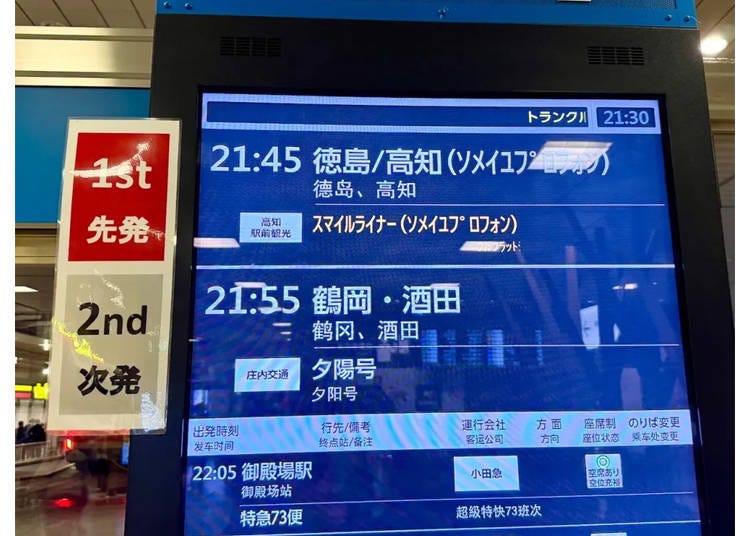
A one-way trip from Tokyo to Tokushima on the Sommeil Profond is currently 7,000 yen (US$48.89) on the “Monitor Plan”, so-called as this is the initial monitoring stage before it transitions to full-scale operations in autumn. Trips are currently limited to one per week, but once it’s fully operational more trips may be added, and the price will jump to 14,000 yen, so now’s the time to try it if you’re interested.
The service is being offered on the Smile Liner bus route, which departs from the Tokyo Disneyland Bus Terminal West at 8:00 p.m. and goes right through to the Kochi Station Tourist Headquarters, with a return service leaving at 7:15 p.m. and arriving at Tokyo Disneyland at 7:40 a.m. The Monitor Plan, however, is only available for trips between Kochi and Tokyo.
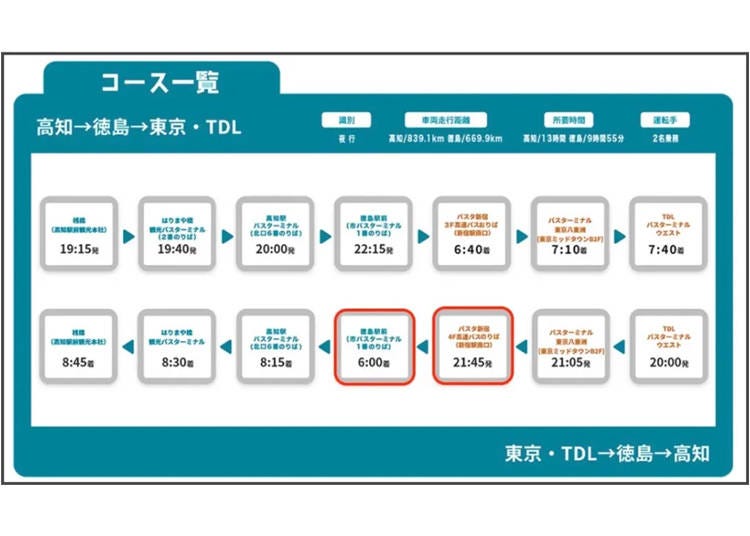
The main drawback to overnight bus travel is not being able to fully recline your seat, so being able to lie flat on this new service is a potential game-changer for travellers on a budget. It’s something that’s never been done in Japan before, though, so the question on everybody’s lips is: Will it really take the pain out of long bus journeys? Our reporter Masanuki Sunakoma, who’s no stranger to overnight bus trips, decided to book a seat on the bus to give us his honest opinion.
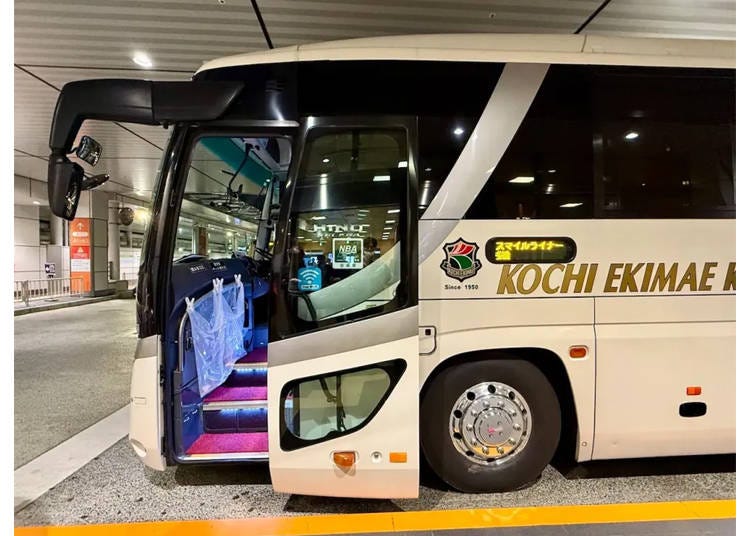
Waiting at the stop at Busta Shinjuku, Masanuki was happy to report that the bus arrived on time, and when he went to board, he was surprised to learn that he had to take his shoes off and place them in a plastic bag before entering the main section of the vehicle. After this initial surprise, he was thankful for the no-shoes requirement, as it helps to keep the bus clean from outside dirt, an especially important requirement considering these are essentially sleeping quarters.
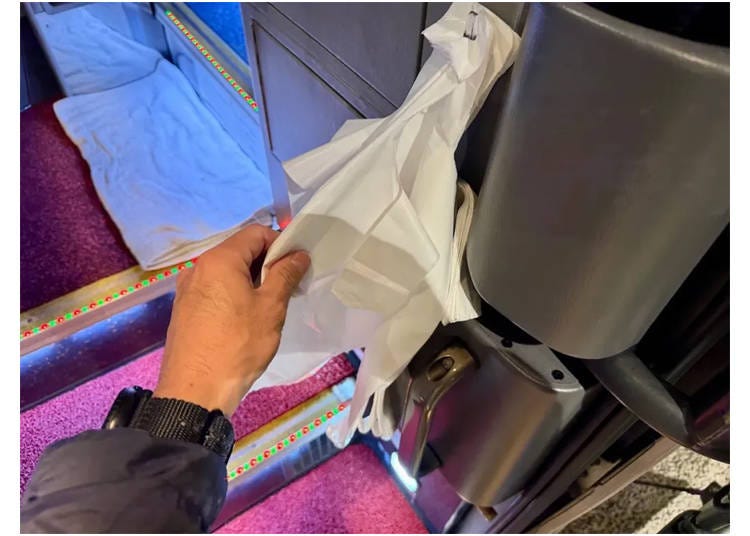
As he entered the seating area, Masanuki discovered this was no ordinary bus, as it looked more like a capsule hotel setup.
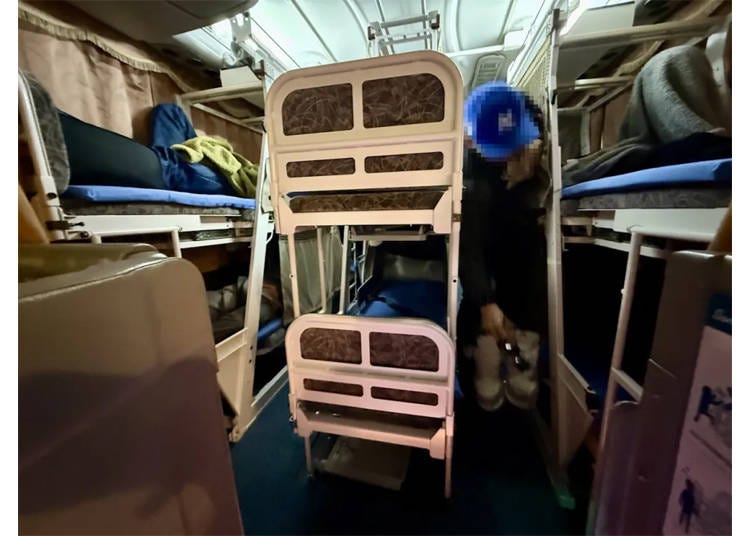
Each bunk had curtains that could be pulled across for privacy, and they were lined up in three rows, with extremely narrow passageways between them.
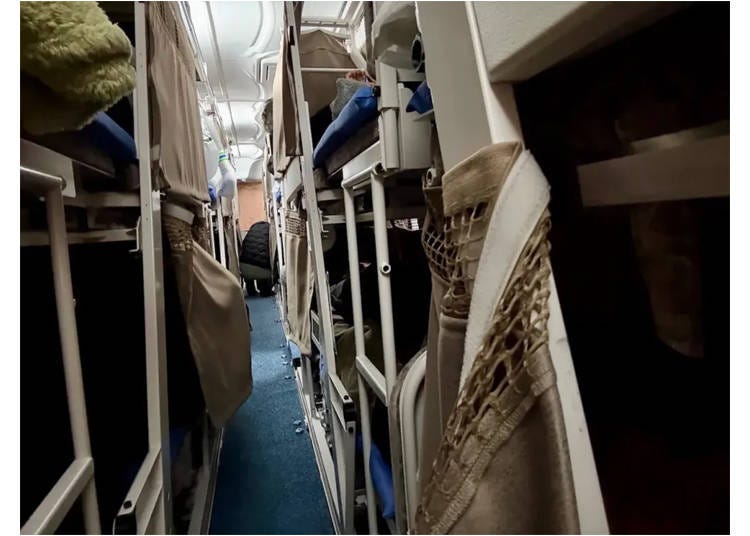
Masanuki’s bunk was on the lower level in the front row, and with people lined up behind him to get to their own seats, he wasted no time rolling into the bed like a ninja.
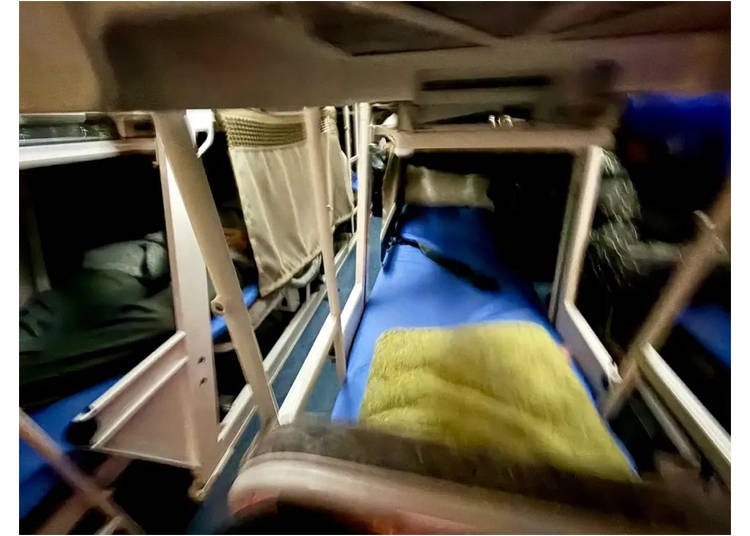
According to the official website, each “seat” is 48 centimetres (18.9 inches) wide and 180 centimetres long, with a height of 51 centimetres in the bottom bunks and up to 73 centimetres in the top bunks. While that didn’t sound too bad on paper, when he was lying inside the actual space, it felt a lot more cramped and oppressive than expected.
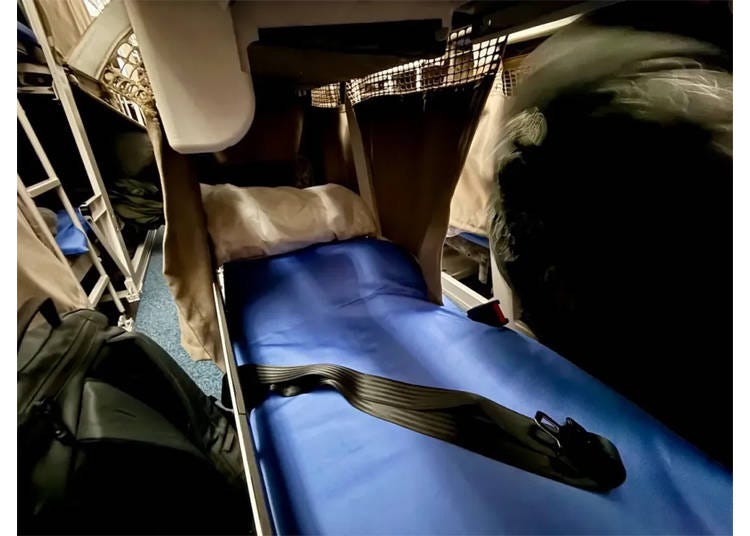
There was a blanket on the bed, but it was too difficult for Masanuki to manouever himself to retrieve it, as the ceiling was so low he couldn’t sit up.
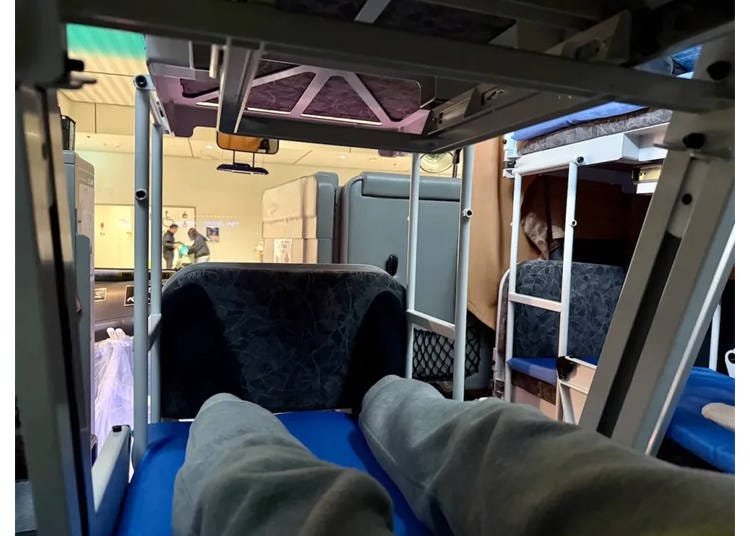
With bags stored in the trunk of the bus, you’ll want to keep valuables and anything else you might need with you, but they’ll need to be in your pocket or a very small bag because there’s not much room for anything other than a body in the bunk.
▼ There are no outlets either, so you won’t be able to charge your phone on board.
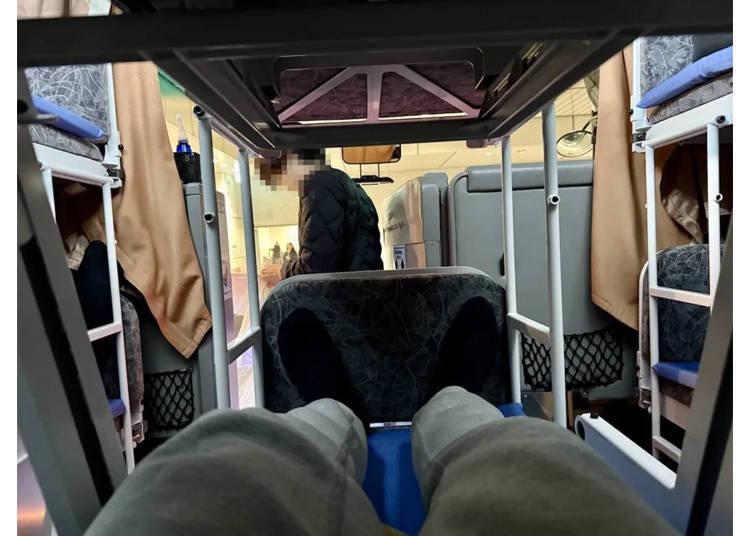
There was one saving grace, in that when the bus started moving, Masanuki had a view through the windscreen at his feet. This helped to ease the cramped feeling of the bunk, so if you have a fear of tight spaces, you’ll want to book one of the front row seats.
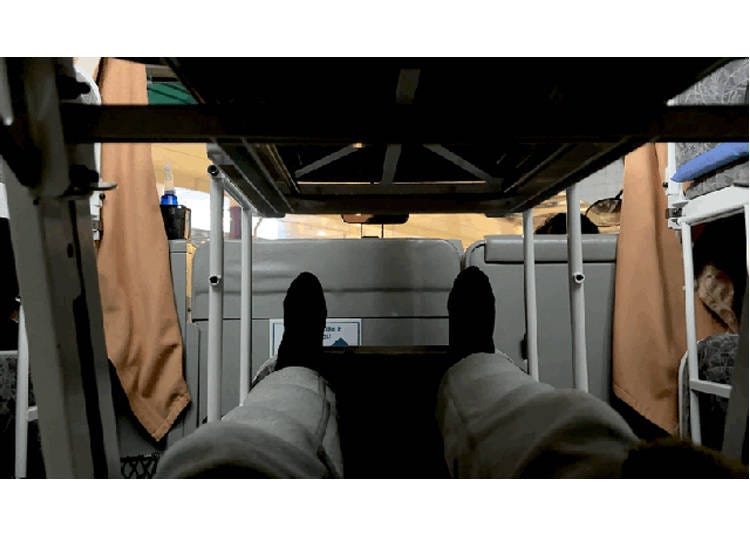
It didn’t take long for the movement of the bus to lull Masanuki off to sleep, but when he awoke at the Ebina Service Area rest stop, he found he’d dropped his smartphone, and the bag from the bunk above had dropped down by his feet, so that’s something you’ll want to be aware of when using the service.
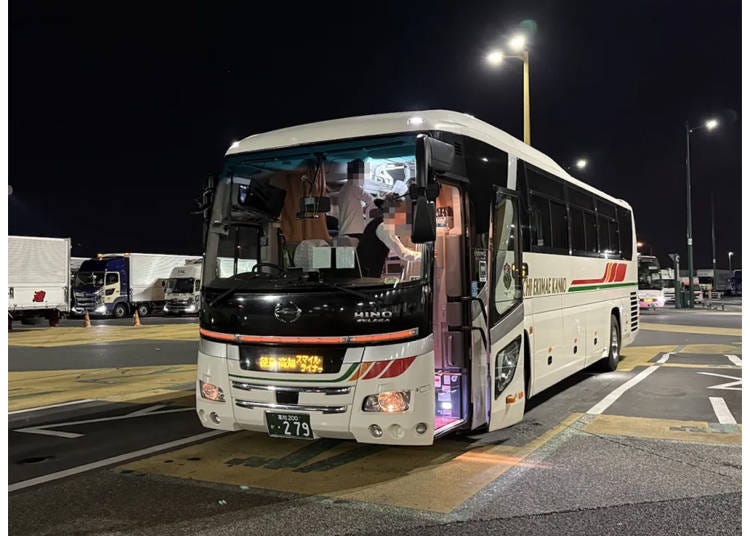
After a toilet break at Ebina, Masanuki was able to put the blanket over himself, and he decided to put the seat belt across the blanket rather than his clothing — seat belts are a requirement for all passengers — which was considerably more comfortable.
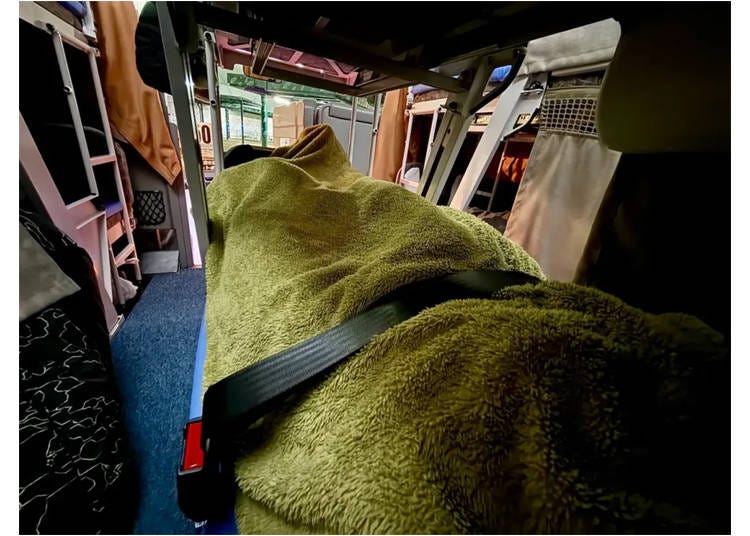
To his surprise, the fully flat seating position turned out to be much better than a regular reclining passenger seat, and before he knew it, he’d slept through the night and was blinking at the morning light as they arrived at the Matsumochi Parking Area in Tokushima Prefecture.
▼ While the curtains block out a lot of light, you may want to use an eye mask, as well as earplugs, for the best sleep.
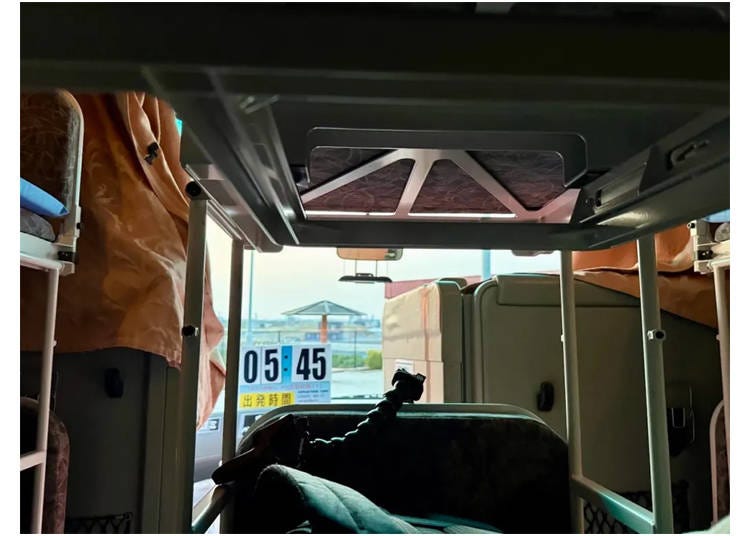
After alighting from the bus, Masanuki did feel much better rested than he usually would after an overnight bus journey. While it wasn’t quite the luxury experience, it was also a lot better than sleeping on a regular bus, and the website clearly asks passengers to “Please make a reservation only after understanding the setup”, so they know what to expect while on board.
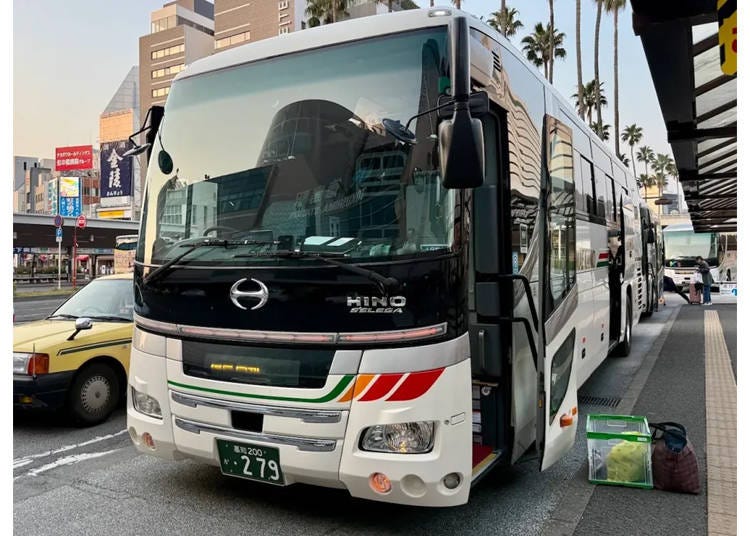
If Masanuki has one word of advice for anyone thinking of using the service, it’s to not underestimate the narrowness of the quarters. It was tight, even for Masanuki, who’s used to cramped spaces, and the lower bunks are especially small, so be prepared.
If all that isn’t an issue for you, then you will appreciate the quality of sleep that comes from lying flat on your back while travelling. It gives you a much better sleep compared to other night buses so you’re in a better position to tackle the day ahead, and with a capacity of 24 passengers, there are less people on board which means it doesn’t feel too crowded.
It’s a convenient way to travel in your sleep while saving on the cost of an overnight stay in a hotel, and it’s cheaper than travelling by plane or Shinkansen, making it a good option for those on a budget. Reservations can only be made online through the “Hassha Orai Net” booking system, so be sure to check it out if you’re up for the adventure.
Related: Sommeil Profond official website
Photos ©SoraNews24
- Area
- Category
*Prices and options mentioned are subject to change.
*Unless stated otherwise, all prices include tax.
Recommended places for you
-

Road Trip Around Izu Peninsula: Stunning Views, Hidden Gems, and Relaxing Hot Springs
by: Hide
-

Hotel Green Plaza Hakone (Review): Soak in the View of Mt. Fuji from an Open-Air Hot Spring
by: Mayumi Kawai
-

B:Conte Asakusa: A Kitchen-Equipped Hotel Perfect for Tokyo Sightseeing, Family Trips, and Long Stays
by: Mayumi Kawai
-

Japan's Top Tourist Pitfalls—And How to Outsmart Them, According to a Tour Conductor
by: Miyu Shimada
-

Where to Stay in Matsumoto: 15 Excellent Accommodations Near the Alps, Castle & Onsens
by: Himanshi Shah
-
Ad

Tokyo Comedy Bar: Where Jokes and Craft Beer Flow Freely
Inspiration for Accommodations
-

Enjoy Mt. Fuji from the Comfort of Your Room! Recommended Ryokan with Mt. Fuji View
-

Stay Near the Cherry Blossoms! Hotels for Cherry Blossom Viewing in Tokyo
-

Family-Friendly Hotels with Free Shuttle to Disneyland: Convenient Access for a Magical Stay
-
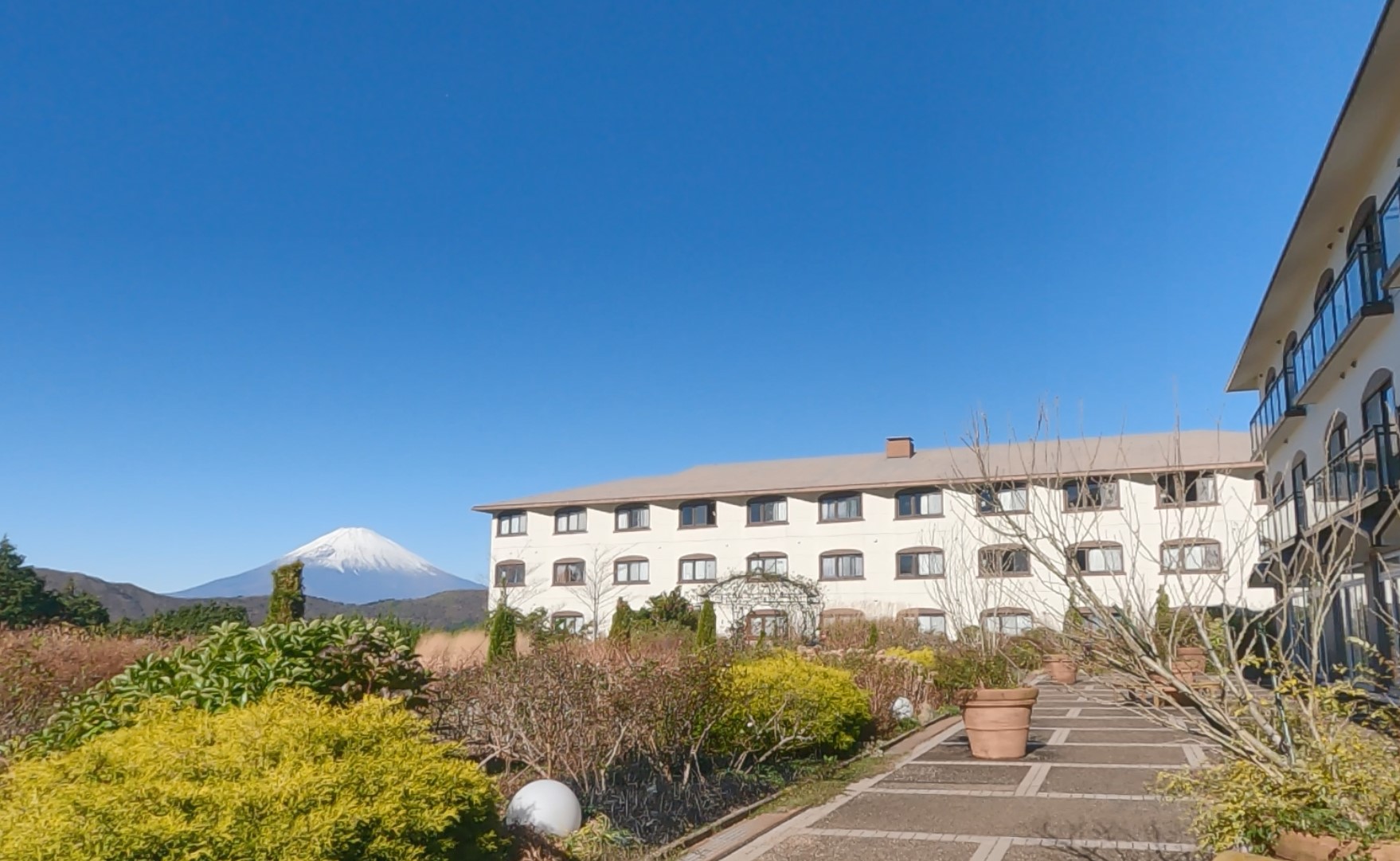
Top Ranked Hakone Hotels with Mt. Fuji View: Enjoy Stunning Scenery from Your Private Space
-
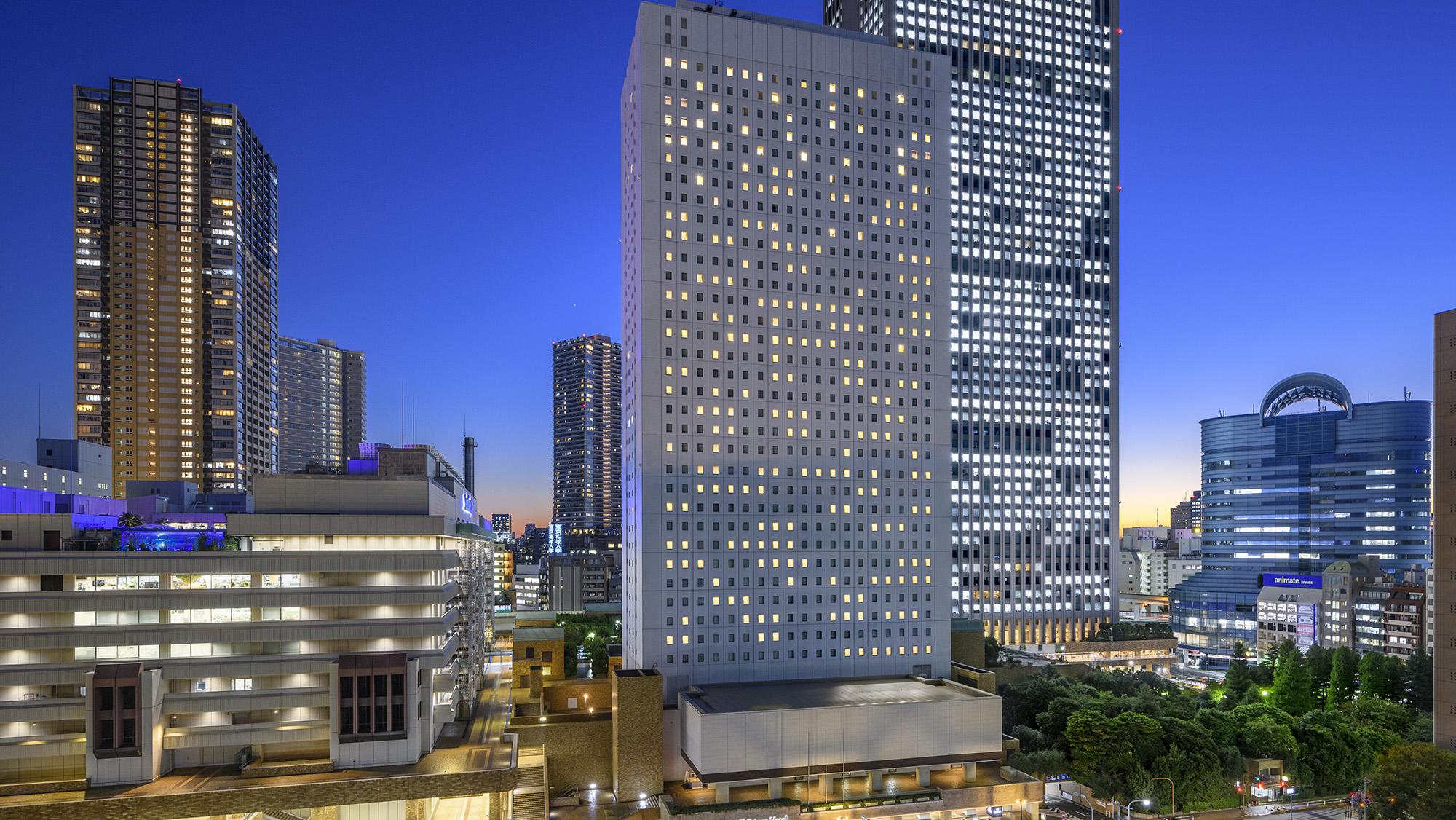
Convenient Tokyo Hotels with Airport Shuttle: Ideal for Families and Heavy Luggage
-

Stunning Tokyo Tower View Hotels: Enjoy Spectacular Scenery from Your Private Space
-

Convenient Asakusa Hotels with Kitchens: Ideal for Extended Family Visits
-

Experience Luxury: Hakone's 10 Best Five-Star Accommodations
-

Enjoy Mt. Fuji Autumn Leaves! Top Hotels Near the Popular Autumn Leaves Corridor
-

Experience Hakone Fall Foliage from Your Room with Stunning Views
-

Atami 1-Day Itinerary: Exploring Japan's Castle & Hot Springs Resort Town Near Tokyo!
-

Spending Wonderful Time Alone in Shibuya - Free Cosmetics and a Hundred-Yen Bus!
-

Essential Tokyo: The Complete Guide to Ikebukuro Station
-

Avoid Luggage Problems: How to Check Tokyo Metro's Open Coin Lockers Online
-

What to Do in Tokyo For a Day: 8 Must-Visit Spots from Asakusa to Roppongi
-

[MOVIE] A Japanese Drum Experience at TAIKO-LAB
by: Holly Neslusan
- #best ramen tokyo
- #what to buy in ameyoko
- #what to bring to japan
- #new years in tokyo
- #best izakaya shinjuku
- #things to do tokyo
- #japanese nail trends
- #what to do in odaiba
- #onsen tattoo friendly tokyo
- #daiso
- #best sushi ginza
- #japanese convenience store snacks
- #best yakiniku shibuya
- #japanese fashion culture
- #best japanese soft drinks






















